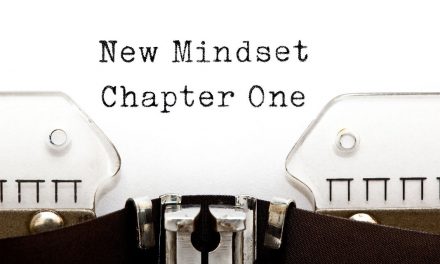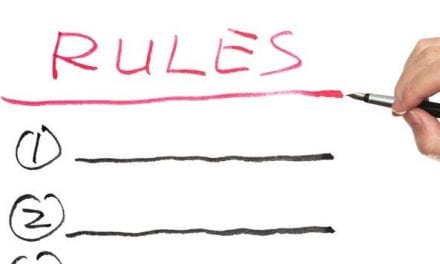The strength of a team is each individual member. The strength of each member is the team.
By Pam McDonald
I recently read a blog by Mike Pumphrey, Director of Marketing for OnShift, a Senior Housing Forum Partner and leader in human capital management software for senior living. Mike described the essential components of a championship basketball team and suggested that management of senior living or long-term care communities might be well served by viewing their staff as a sports team.
I’m paraphrasing Mike, but he noted three things a team needs to be successful and reach its goals:
- Belief in the mission; buy in. When team members are “all in,” it shows. They perform at their best. Unfortunately a lack of team spirit shows too, in employee call-offs, tardiness, and absences. A senior living team without a strongly held purpose can put resident satisfaction at risk.
- A complete team: one in which there is “bench strength,” enough back up so team members can avoid burn out. They are ready and able to step up and fill in when there’s a call off or an open shift.
- Leadership support: Leaders – executive directors in senior living – have their pulse on staffs’ temperament; they communicate regularly, hold staff accountable, show appreciation, and proactively work to solve problems by making adjustments when needed. Leaders engage with staff every day and understand what drives them.
As I was reading Mike’s blog, I began to think about my favorite team to watch on TV. It’s the Dallas Cowboys . . . Cheerleaders, that is!
No kidding, I am a huge fan of Dallas Cowboys Cheerleaders: Making The Team. I thoroughly enjoy the exquisite human drama of a group of beautiful, charming, talented, atheletic young performers vying for a limited number of slots on the world reknown DCC squad. The show also turns out to be a great place to pick up some tips on team leadership.
We viewers watch while the women audition for training camp. We witness private coaching and mentoring sessions. We watch candidates react as they are assessed, given feedback, held accountable, and, if they just can’t cut it, gently told “tonight will be your last night.”
Based on the leadership skills for selecting and fostering a championship team that I’ve seen modeled on the cheerleading series, I would add the following tips to Mike’s list:
- Do whatever you can to build your community’s reputation for excellence. You want the “best of the best” coming to you, competing to join your team.
- Observe your staff and potential hires in a variety of settings. Your team members are “ambassadors” of your community; you want to be sure they will represent you well.
- Ask questions, during the interview process and beyond, that can help you identify character traits, like willingness to collaborate, empathy, humility, and humor. Consider using personality assessments and technology to help you recruit and hire effectively.
- Be sure your team members fit. The line kick is DCC’s wow factor and has to be executed with total precision. The group leaders watch for ability, attitude, talent, and performance. “We’ve got 46 competitors,” says the group’s leader, “and only 36 slots. We’re looking for the 10 women who just don’t fit” – despite how incredible they might be as individuals.
Selecting the right team members is a critical first step, but remember that developing a championship team in senior living also takes practice, practice, practice. Learn more about the benefits of having a staff that performs like a well-oiled machine in this blog and video.
http://www.onshift.com/blog/building-championship-team-long-term-care








